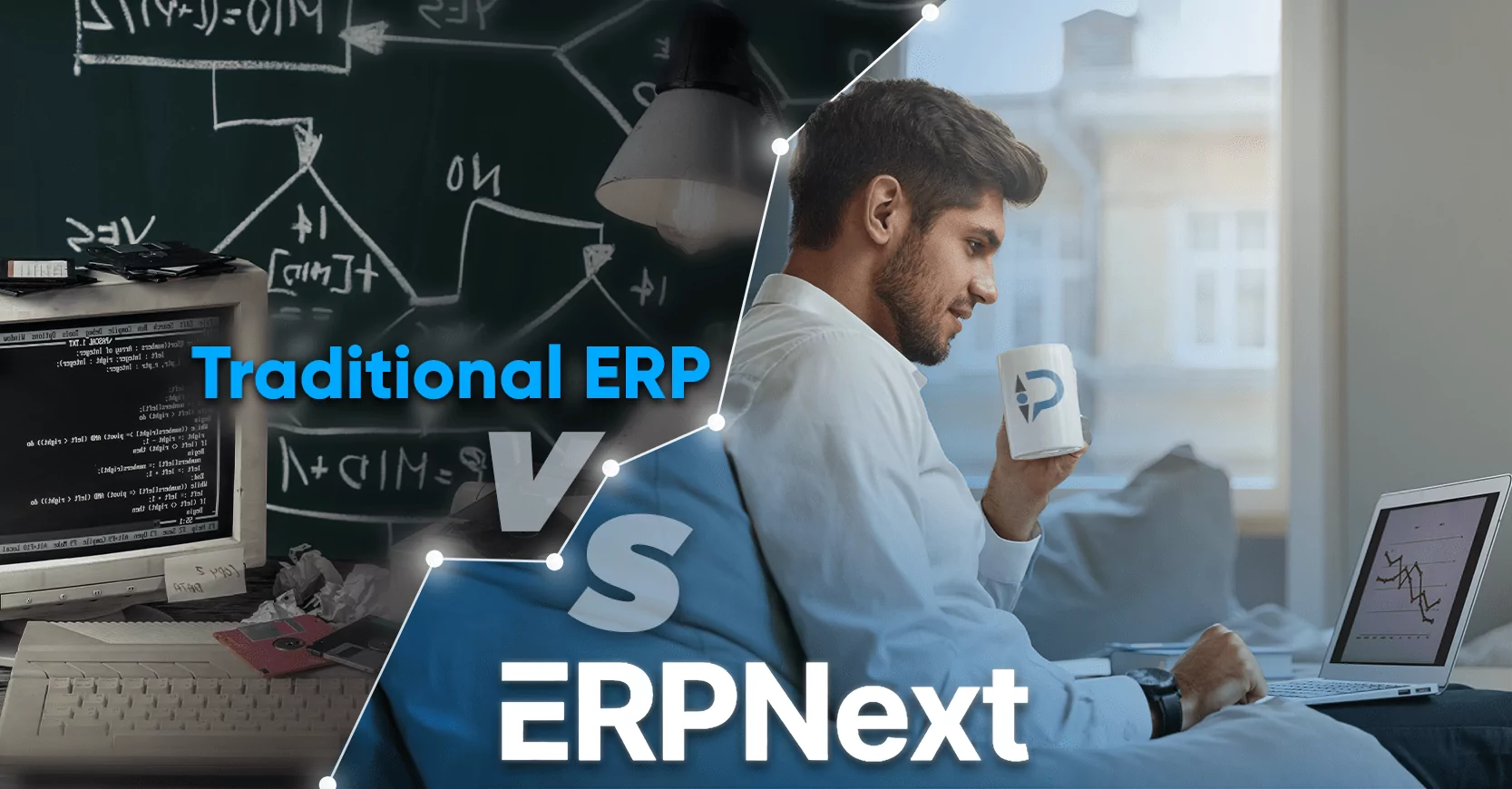In the realm of enterprise resource planning, the emergence of ERPNext has stirred a revolution, challenging the norms set by traditional ERP systems. While both aim to streamline business processes, their approaches and functionalities differ significantly.
1. User Interface and Accessibility
Traditional ERP: Known for complex interfaces and often requiring extensive training, traditional ERPs can be intimidating for new users. Customizations are usually cumbersome, necessitating expert intervention.
ERPNext: Emphasizes simplicity and user-friendliness. Its intuitive interface reduces the learning curve, enabling easier adoption across teams. Customizations are more accessible, often manageable by in-house personnel without heavy reliance on external consultants.
2. Cost and Implementation
Traditional ERP: Infamous for high upfront costs, including licenses, hardware, and consultancy fees. Implementation can be lengthy, often taking months or even years to go live. Maintenance costs add up over time, making it a significant investment.
ERPNext: Open-source nature significantly reduces initial costs. Implementation timelines are shorter due to its simplicity and cloud-based infrastructure. Lower maintenance costs and the absence of licensing fees make it a cost-effective solution, especially for small to medium-sized enterprises (SMEs).
3. Flexibility and Customization
Traditional ERP: Customizations can be intricate and expensive, requiring extensive coding and external expertise. Upgrades might pose challenges as they can potentially disrupt existing customizations.
ERPNext: Built on open-source technology, it offers greater flexibility for customization. The system is modular, allowing businesses to pick and choose functionalities, and updates are streamlined, ensuring compatibility with existing customizations.
4. Integration and Scalability
Traditional ERP: Integration with third-party applications can be complex and often requires additional middleware. Scalability might be limited, especially for smaller businesses with evolving needs.
ERPNext: Boasts seamless integration capabilities with various applications, fostering a more connected ecosystem. Scalability is inherent, allowing businesses to expand functionalities as they grow, without major disruptions to operations.
Why ERPNext Might be Best for Your Business
Affordability: Lower initial costs and reduced long-term expenses make ERPNext an attractive option, especially for budget-conscious businesses.
Ease of Use: Its intuitive interface and simplified workflows enhance user adoption and productivity.
Agility and Innovation: The open-source nature of ERPNext facilitates quicker adaptations to changing business requirements and industry trends.
Community Support: A vibrant community actively contributes to the platform’s development, ensuring continuous improvement and support.
In conclusion, while traditional ERPs have their place in large enterprises with intricate needs, ERPNext stands out as a modern, agile, and cost-effective solution, particularly suitable for SMEs aiming for streamlined operations without compromising on functionality.
Are you considering an ERP system for your business? ERPNext might just be the catalyst for transforming your operational landscape.
This comparison provides a snapshot of the differences between ERPNext and traditional ERP systems, focusing on key aspects that could influence a business’s decision-making process. If you’re considering adopting an ERP system or migrating from a traditional ERP, weighing these factors against your specific business needs is crucial for making an informed choice.

